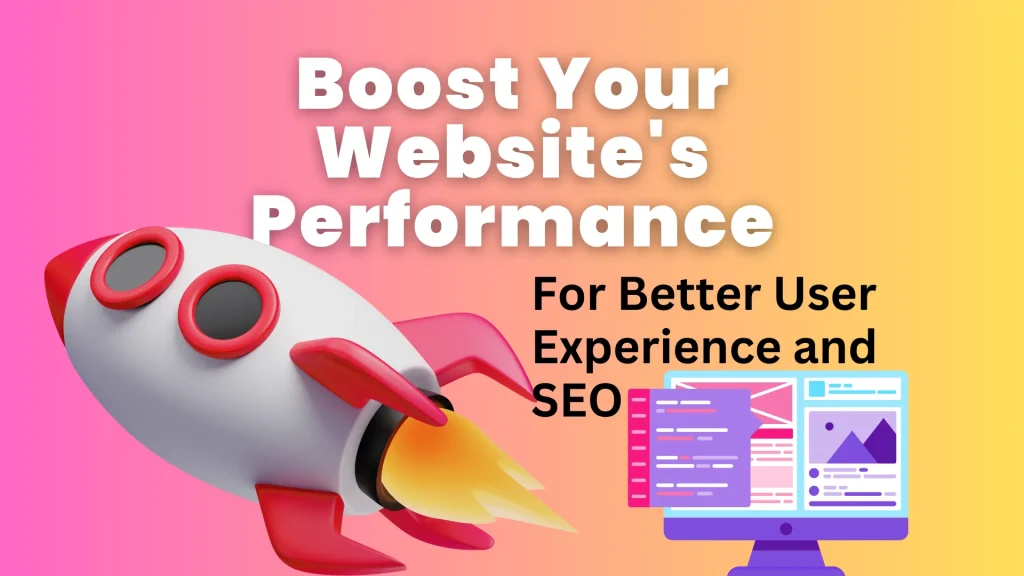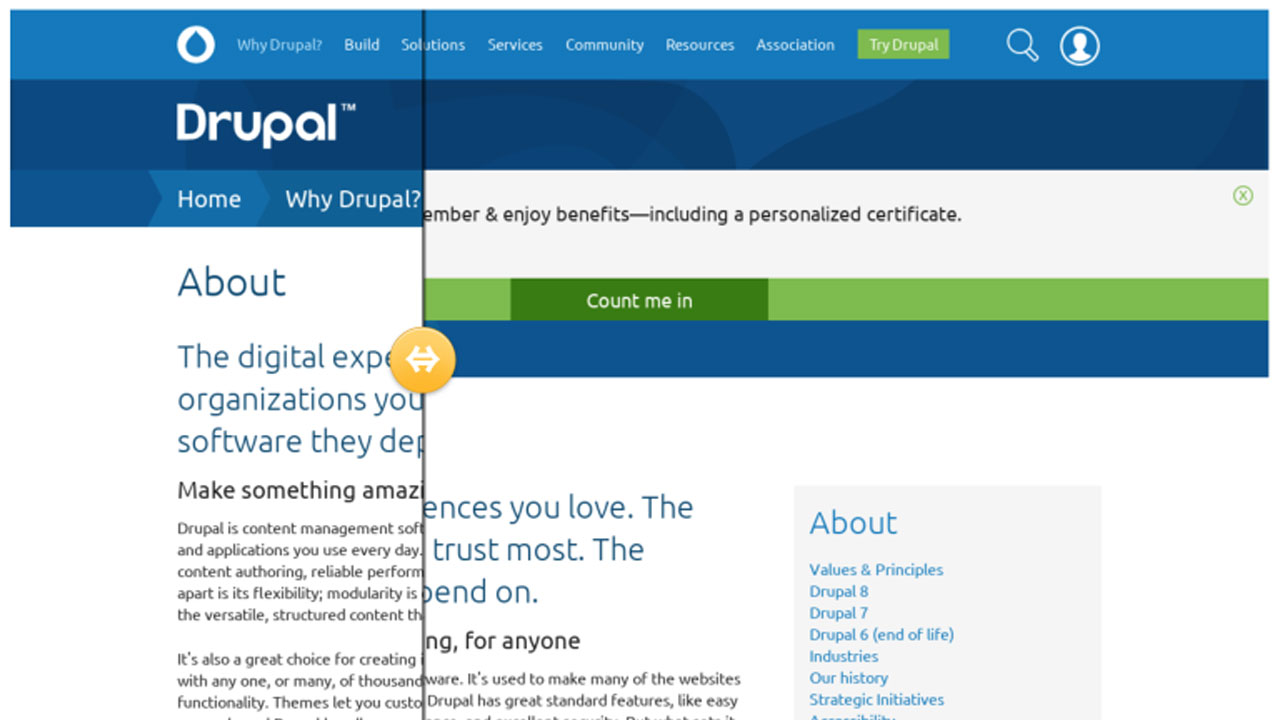SEO-Optimized Guide: How to Boost the Performance of Your Website
In today’s digital age, having a high-performing website is crucial for businesses and individuals alike. A website’s performance directly impacts user experience, search engine rankings, and ultimately, the success of your online presence. In this comprehensive guide, we’ll delve into actionable strategies and best practices to enhance your website’s performance, ensuring it loads quickly, ranks higher on search engine results pages (SERPs), and delivers an exceptional user experience.
Understanding Website Performance
Defining Website Performance Metrics
Before diving into optimization techniques, it’s essential to understand the key metrics that determine a website’s performance. These include:
Page Load Time: The time it takes for a web page to fully load.
Page Speed: The speed at which content is displayed to users.
Mobile Responsiveness: How well a website adapts to various screen sizes and devices.
User Experience (UX): Factors like navigation ease, visual appeal, and interactivity.
Search Engine Rankings: Where your website appears on SERPs, influenced by performance metrics.
The Importance of Website Performance
Optimizing your website’s performance isn’t just about speed; it’s about delivering value to your audience. A fast, well-optimized website enhances user satisfaction, encourages engagement, and boosts conversions. Moreover, search engines like Google prioritize fast-loading, user-friendly websites, improving your chances of ranking higher and attracting more organic traffic.
Analyzing Your Current Website Performance
Conducting a Performance Audit
Before implementing changes, it’s essential to assess your website’s current performance using tools like Google Page Speed Insights, GTmetrix, or Pingdom. These tools provide insights into areas needing improvement, such as image optimization, server response time, and code minification.
Identifying Performance Bottlenecks
Common performance bottlenecks include large image files, excessive HTTP requests, render-blocking scripts, and outdated plugins. Addressing these issues is crucial for optimizing your website’s speed and overall performance.
Optimization Strategies
1. Image Optimization
High-resolution images can significantly slow down your website. Optimize images by compressing them without compromising quality. Use image formats like JPEG or Web Page, and leverage lazy loading to defer offscreen images, reducing initial page load times.
2. Minify CSS, HTML, and JavaScript
Minification removes unnecessary characters and whitespace from code, reducing file sizes and improving load times. Utilize tools like CSSNano and Uglify JS to minify CSS and JavaScript files, and enable Gzip compression to further reduce file sizes.
3. Utilize Browser Caching
Leverage browser caching to store static resources locally on users’ devices, reducing the need to re-download files on subsequent visits. Configure caching headers to specify how long resources should be cached, balancing freshness with efficiency.
4. Implement Content Delivery Networks (CDNs)
CDNs distribute website content across multiple servers worldwide, delivering it to users from the nearest geographical location. This reduces latency and speeds up content delivery, particularly for global audiences.
5. Enable Gzip Compression
Gzip compression reduces the size of web page files, such as HTML, CSS, and JavaScript, before sending them to the browser. This dramatically decreases load times and improves overall site performance, especially for text-based content.
6. Optimize Server Response Time
A slow server response time can hinder website performance. Optimize server settings, upgrade hosting plans if necessary, and consider using a content delivery network (CDN) to minimize latency and improve response times.
7. Reduce HTTP Requests
Minimize the number of HTTP requests required to load your web pages by combining CSS and JavaScript files, reducing image usage, and utilizing CSS sprites. Fewer requests mean faster load times and improved performance.
8. Leverage Browser Caching
Set expiration dates for static resources like images, CSS, and JavaScript files to instruct browsers to cache them locally. This reduces server load and speeds up page loading times for returning visitors.
Conclusion
In conclusion, optimizing the performance of your website is essential for providing a seamless user experience, enhancing search engine visibility, and driving business growth. By implementing the strategies outlined in this guide, you can significantly improve your website’s speed, responsiveness, and overall performance, ultimately leading to increased traffic, engagement, and conversions.
FAQs (Frequently Asked Questions)
1. Why is website performance optimization important?
Website performance optimization is crucial for delivering a seamless user experience, improving search engine rankings, and increasing conversions.
2. How can I test my website’s performance?
You can use tools like Google Page Speed Insights, GTmetrix, or Pingdom to analyze your website’s performance and identify areas for improvement.
3. What are some common performance bottlenecks?
Common performance bottlenecks include large image files, excessive HTTP requests, render-blocking scripts, and outdated plugins.
4. What is browser caching, and how does it improve performance?
Browser caching involves storing static resources locally on users’ devices, reducing the need to re-download files on subsequent visits and improving load times.
5. How does image optimization contribute to website performance?
Image optimization involves compressing images without compromising quality, reducing file sizes and improving page load times.
6. What role do CDNs play in website optimization?
Content Delivery Networks (CDNs) distribute website content across multiple servers worldwide, reducing latency and speeding up content delivery for global audiences.









